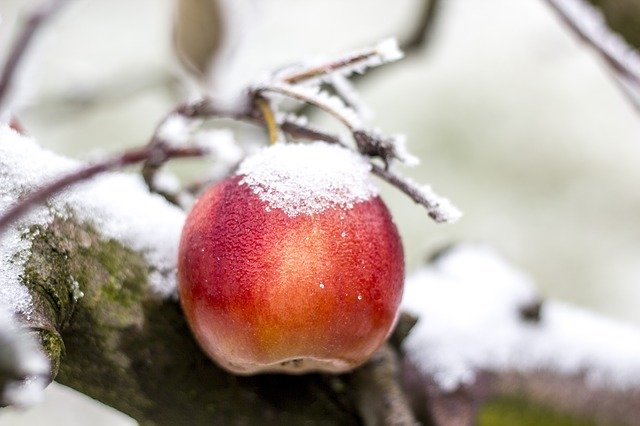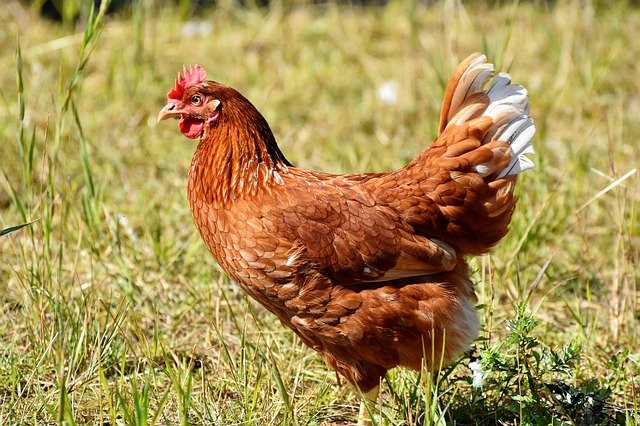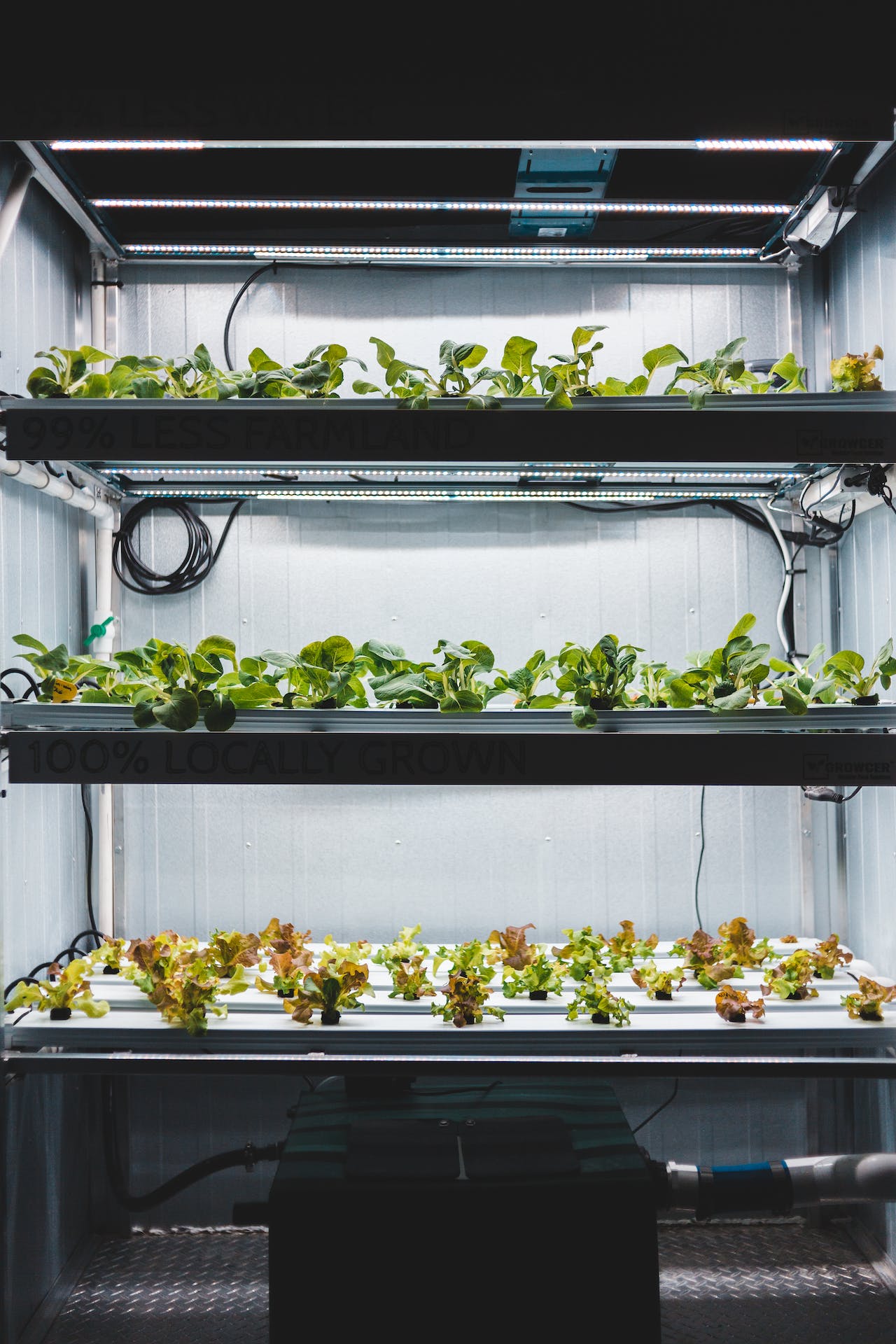Starting a Modern Homestead With Minimal Resources: A Step-By-Step Guide
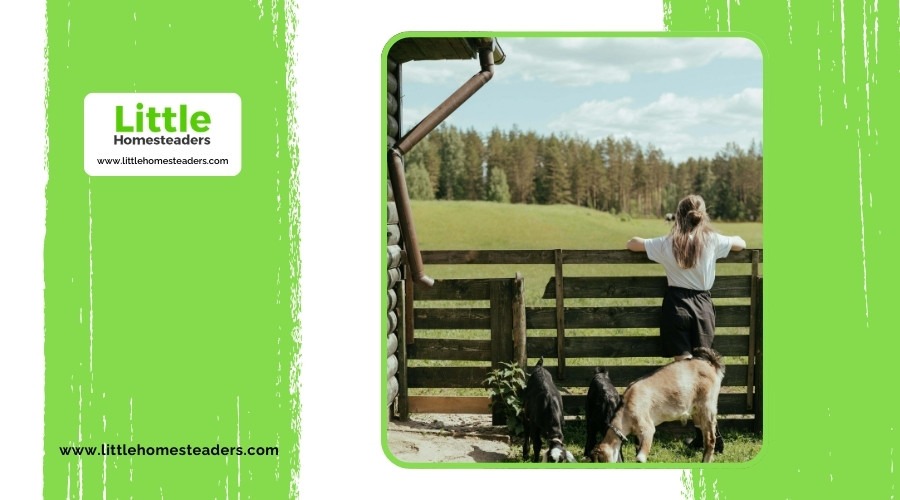
Homesteading might sound like a big, intimidating project, but let me tell you, it doesn't have to be. You don't need acres of land, a bottomless budget, or expert-level skills to get started. If you're ready to take control of your lifestyle and embrace self-sufficiency, this guide will help you begin—with just the resources you have on hand. So grab a cup of coffee, and let's talk about how to make this dream a reality, one small step at a time.
Step 1: Define Your Homesteading Goals
First things first: what does "homesteading" mean to you? It can be as simple as growing your own herbs on the balcony or as ambitious as living completely off-grid. The key is figuring out what you want to achieve and why. Maybe you want to save money, eat healthier, reduce your reliance on grocery stores, or just feel more connected to nature. Whatever it is, write it down.
Start by asking yourself:
- How much space do I have to work with?
- What's my budget for this new adventure?
- What's most important to me: food production, sustainability, or something else?
You might find that your goals shift over time, and that's perfectly fine. Today, you might only want a small herb garden for cooking, but in a year, you could be raising chickens or experimenting with homemade soap. Goals give you a roadmap, but they don't have to be set in stone.
Another thing to consider is how much time you can dedicate to your homestead. If you're balancing a full-time job and family responsibilities, you might need to start slow. Weekend gardening, for example, is an excellent way to dip your toes into homesteading without feeling overwhelmed.
Pro Tip: Involve your family or household members in this conversation. Homesteading is a team effort, and it's more fun when everyone's on board. Plus, having shared goals makes it easier to divide responsibilities.
Step 2: Assess What You Already Have
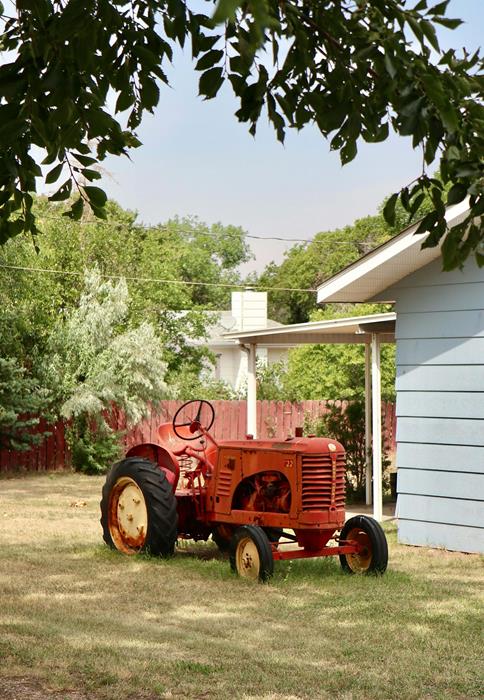
Before you rush out to buy tools or sign up for every workshop in town, take inventory of your current resources. You might be surprised by how much you already have. This is where creativity comes into play—homesteading is all about working with what's available.
Space
Think about the space you have access to. Even a tiny apartment balcony can accommodate a few pots of herbs or a small vertical garden. If you have a backyard, start imagining the possibilities: raised beds, compost piles, and maybe even a chicken coop. For those with larger plots of land, you can plan for orchards, greenhouses, or even livestock.
Financial Resources
A common misconception is that homesteading requires a significant upfront investment. The truth is, you can start small and grow your homestead over time. Look for free or low-cost options:
- Borrow tools from neighbors or local tool libraries.
- Search for second-hand supplies on platforms like Facebook Marketplace or local thrift stores.
- Take advantage of free resources like seeds from community swaps or municipal compost programs.
Skills and Knowledge
What skills do you already have that can help you on this journey? Maybe you're great at fixing things, love baking, or already know how to grow a few plants. These skills are a solid foundation to build upon.
If you feel like you're starting from scratch, don't worry. The internet is brimming with free tutorials, forums, and videos covering every aspect of homesteading. And don't overlook the power of books—they're a timeless source of knowledge.
Pro Tip: Keep a notebook or spreadsheet to track your inventory of tools, materials, and resources. It will help you stay organized and prevent unnecessary purchases.
Step 3: Build Essential Skills
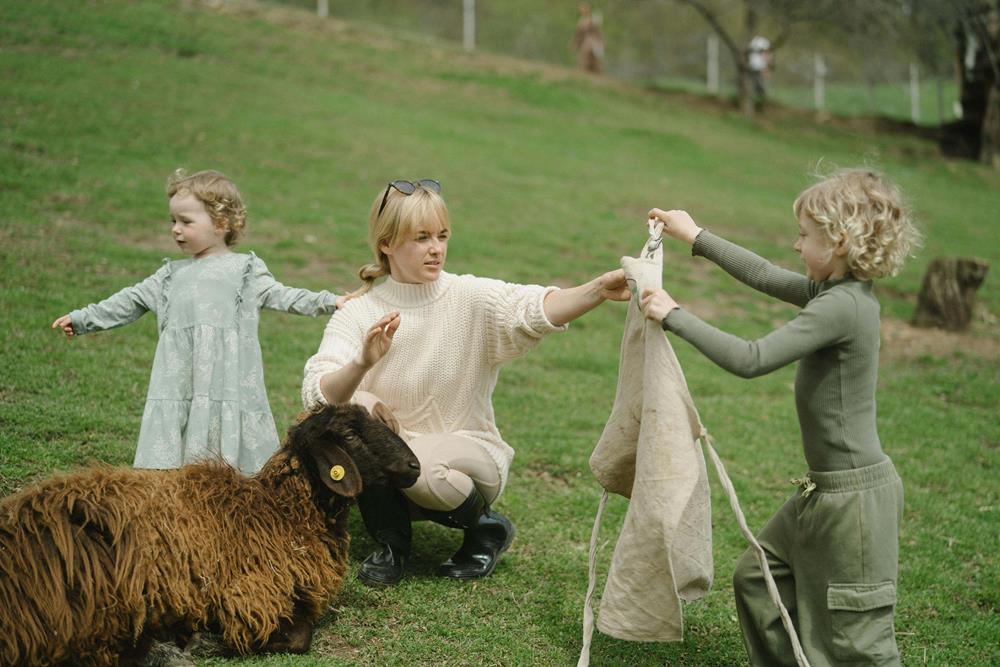
Homesteading requires a variety of skills, but you don't have to master everything overnight. Start with the basics, and build your confidence from there.
Gardening
If you've never gardened before, start small. A single raised bed or a few containers can provide a surprising amount of food. Focus on vegetables that are easy to grow and forgiving for beginners:
- Tomatoes
- Lettuce
- Zucchini
- Basil
Learning about soil health, watering techniques, and pest management will pay off in the long run. Over time, you can expand your garden to include fruit trees, berry bushes, or specialty crops like garlic or asparagus.
Food Preservation
What will you do with your bumper crop of tomatoes or cucumbers? Learning food preservation techniques like canning, pickling, and dehydrating ensures nothing goes to waste. It also gives you a year-round supply of homemade goodies.
DIY and Repairs
From fixing a leaky faucet to building a chicken coop, basic repair skills can save you a lot of money. Start small with simple tasks like patching holes in the wall or assembling garden trellises. As your confidence grows, you can take on bigger projects.
Animal Care
If raising animals is part of your homesteading plan, spend time learning about their needs. Chickens, for instance, require a safe coop, access to fresh water, and a balanced diet. Visit local farms or find a mentor to guide you through the process.
Pro Tip: Set aside time each week to practice or learn a new skill. It's all about progress, not perfection.
Step 4: Start Small-Scale Food Production
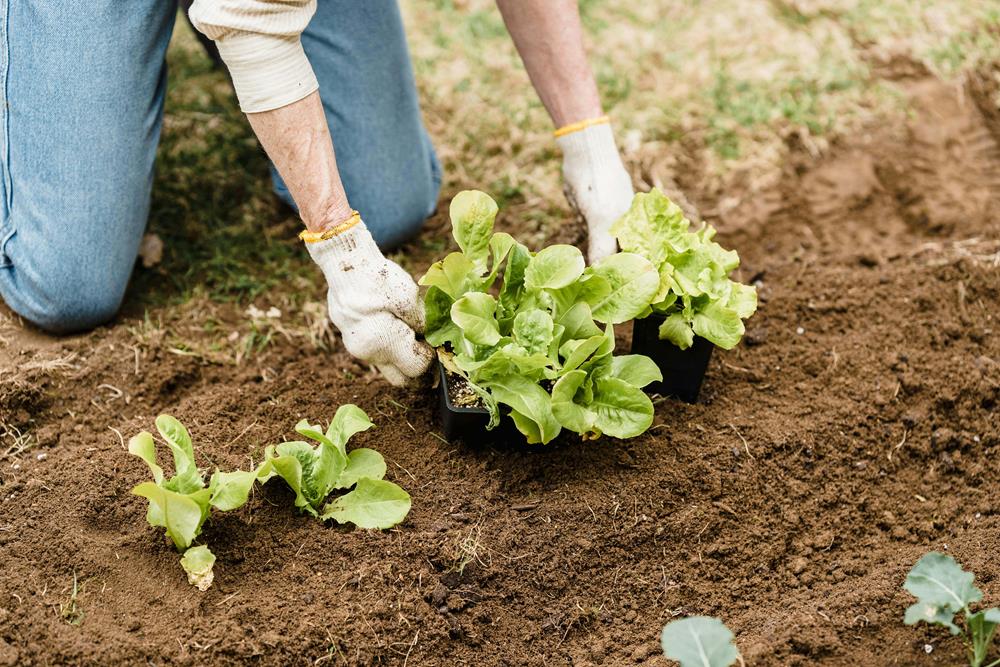
Your journey into food production can start as simply as planting a few herbs on your windowsill. Once you're ready, scale up to vegetables, fruits, and even small livestock.
Gardening
Begin with plants suited to your local climate and soil conditions. If space is an issue, try vertical gardening, hanging baskets, or grow bags. For those with a backyard, raised beds are a great way to start because they're easy to manage and can produce high yields.
Composting
Healthy soil is the backbone of any garden, and composting is one of the best ways to create it. Start a compost pile or bin using kitchen scraps like fruit peels, eggshells, and coffee grounds. Add yard waste like leaves or grass clippings, and over time, you'll have nutrient-rich compost for your plants.
Preserving Your Harvest
As your garden grows, you'll likely have more produce than you can eat fresh. Learn to preserve the excess by canning (for sauces, jams, and pickles), freezing (for vegetables and fruits), or dehydrating (for herbs, fruits, and even jerky).
Pro Tip: Track your harvests and preservation efforts in a journal. It helps you plan for next year and ensures you don't forget about those jars of pickles in the pantry.
Step 5: Embrace Sustainable Practices
Sustainability is a core principle of homesteading. By adopting eco-friendly practices, you reduce waste, save money, and help the planet.
Water Conservation
Set up rain barrels to collect water for your garden. Install low-flow fixtures to reduce water usage in your home. If you're feeling ambitious, explore greywater systems to reuse water from sinks or washing machines.
Renewable Energy
Solar panels or small wind turbines can power parts of your homestead, reducing your reliance on traditional utilities. Even a single solar-powered light or water pump is a step in the right direction.
Waste Reduction
Composting isn't the only way to manage waste. Upcycling materials for projects, repairing broken tools, and avoiding single-use plastics are all simple steps toward sustainability.
Pro Tip: Track your energy and water savings over time. It's motivating to see the tangible benefits of your efforts.
Step 6: Connect With Your Community
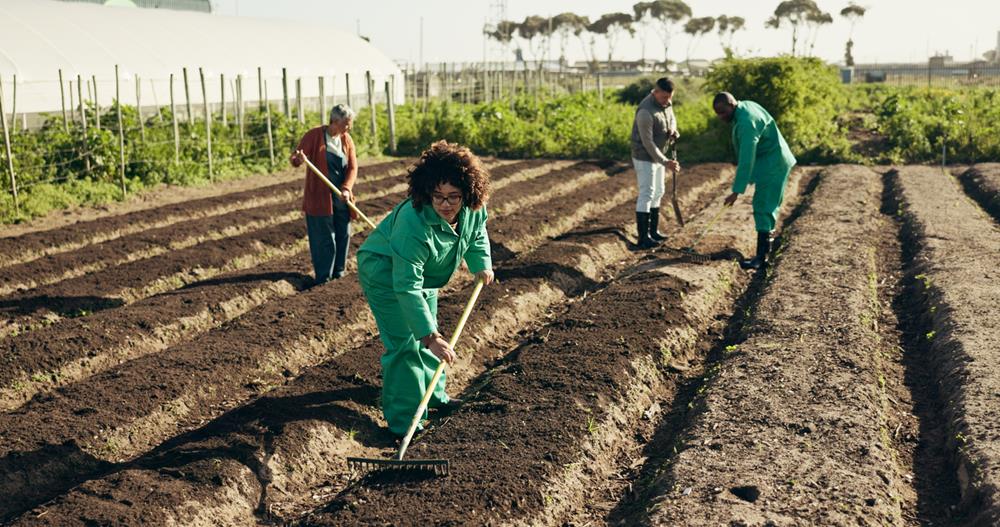
Homesteading doesn't have to be a solo venture. Building connections with like-minded individuals can provide support, inspiration, and practical resources.
Local Networks
Look for gardening clubs, farmers' markets, or homesteading workshops in your area. These are great places to meet people who share your interests.
Skill Swaps
Offer to trade your skills with others. For example, you could trade fresh eggs for a neighbor's homemade bread or barter gardening tips for sewing lessons.
Online Communities
Join forums, Facebook groups, or Reddit threads dedicated to homesteading. These platforms are full of people eager to share advice and cheer you on.
Pro Tip: Attend community events like seed swaps or tool-sharing meetups. They're excellent opportunities to build your network and gather resources.
Step 7: Keep Learning and Growing
Homesteading is a never-ending journey of discovery. Embrace the process and celebrate every milestone, no matter how small.
- Experiment with new crops or techniques.
- Challenge yourself with larger projects, like building a greenhouse or raising bees.
- Reflect on your successes and learn from your setbacks.
Above all, enjoy the journey. Homesteading isn't about achieving perfection; it's about creating a lifestyle that brings you joy and fulfillment.
Conclusion
Starting a modern homestead with minimal resources might seem overwhelming at first, but the truth is, anyone can do it. With clear goals, a willingness to learn, and a little creativity, you'll be amazed at what you can achieve. Remember, it's not about perfection—it's about progress. So take that first step, whether it's planting a single seed or learning how to compost. You've got this!
Now, what's stopping you? Go get your hands dirty, and let the adventure begin!

